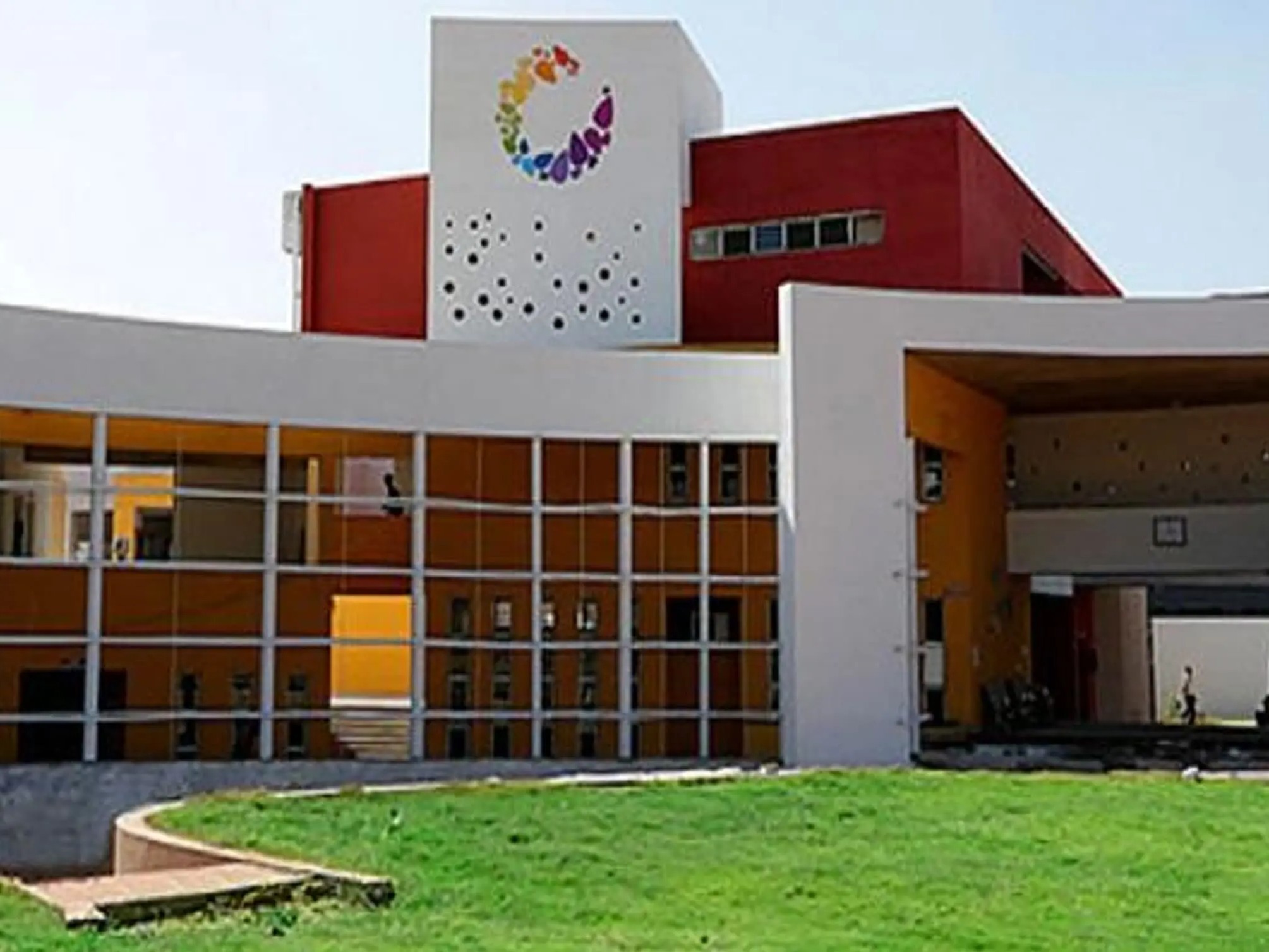Team Astral of UPES (University of Petroleum and Energy Studies), grabbed first position in Europe and Asia at the recently concluded CanSat Competition 2022.
CanSat is an annual design-build-fly competition with space related themes organized by American Astronautical Society (AAS) and American Institute of Aeronautics and Astronautics (AIAA).
73 teams from across the world participated in the competition this year, held at Burkett, Texas, USA.
CanSat 2022 mission was to simulate a sensor payload traveling through a planetary atmosphere sampling the atmospheric composition during flight. The overall CanSat system is composed of two primary components, a glider and a re-entry container that protects the glider during ascent.
Team Astral comprising of students from Aerospace Engineering, Mechatronics Engineering, Electronics Engineering, Material Science Engineering, Computer Science Engineering and Design Studies perfectly demonstrated the working of their CanSat system as per stated guidelines and were appreciated by officials of AAS, AIAA and NASA. NASA Jet Propulsion Laboratory (NASA JPL) is an annual sponsor to the competition and is involved in evaluation process as well.
Team Astral achieved this feat under the guidance of Dr. Ugur Guven and Prof. Zozimus Labana. The glider designed for the CanSat system was 3D printed by School of Design Studies, UPES under the guidance of Dr. Soumyajit Ghoshal and Prof. S.V. Savarkar.
The competition saw participation from many prestigious universities including University of California, Princeton University, Manchester University, University of Alabama Huntsville and Carleton University. Globally, UPES team grabbed fourth position.
The CanSat Competition is a design-build-fly competition that provides teams from across the Globe with an opportunity to experience the design life-cycle of an aerospace system.
The competition is designed to reflect a typical program on a small scale and includes all aspects from the preliminary design review to post mission review.
The mission and its requirements are planned to reflect various aspects of real world missions including telemetry requirements, communications, and autonomous operations.
Each team is scored throughout the competition on real-world deliverables such as schedules, design review presentations, and demonstration flights. A team has to design and fabricate the Mission Statement provided by the Competition and finally launch it at the competition site.
Frequently Asked Questions
Sorem ipsum dolor sit amet consectur adipiscing elit sed eius mod nt labore dolore magna aliquaenim ad minim sorem ipsum dolor sit amet consectur adipiscing elit sed eius modam.
Sorem ipsum dolor sit amet consectur adipiscing elit sed eius mod nt labore dolore magna aliquaenim ad minim sorem ipsum dolor sit amet consectur adipiscing elit sed eius modam.


